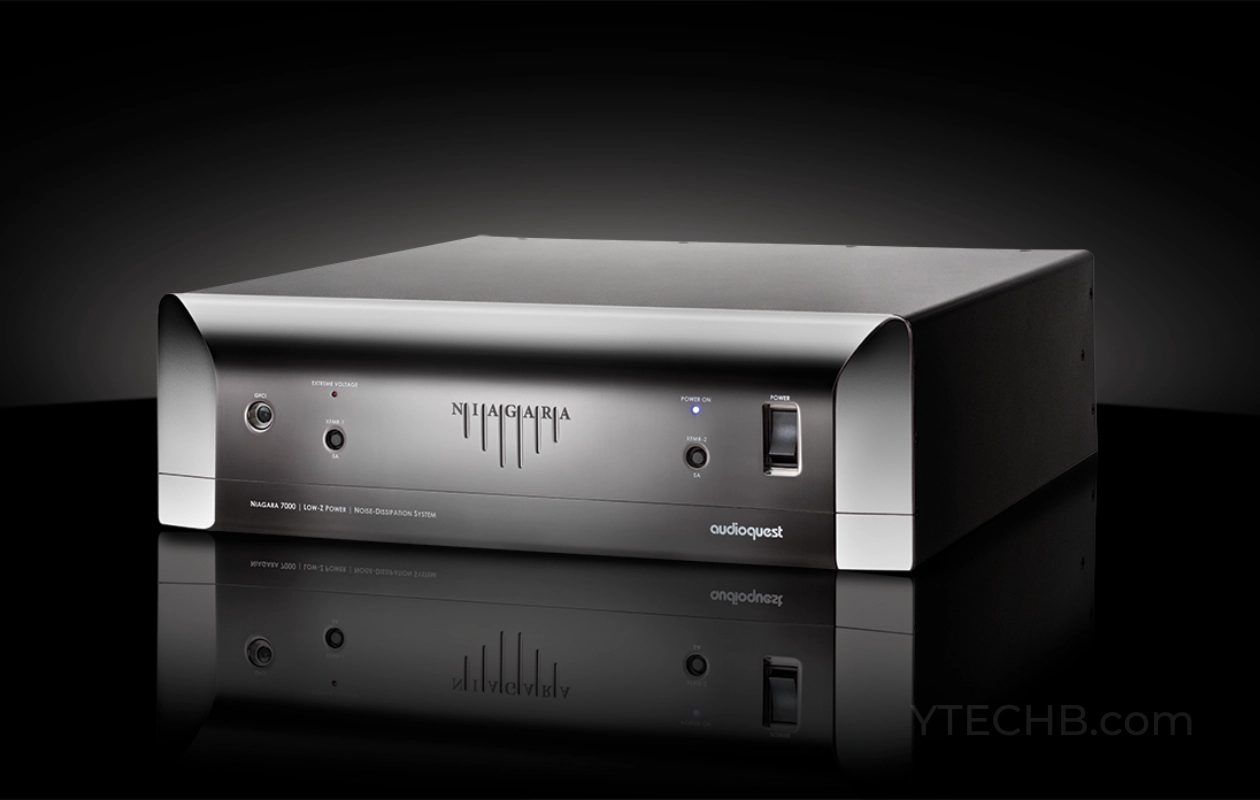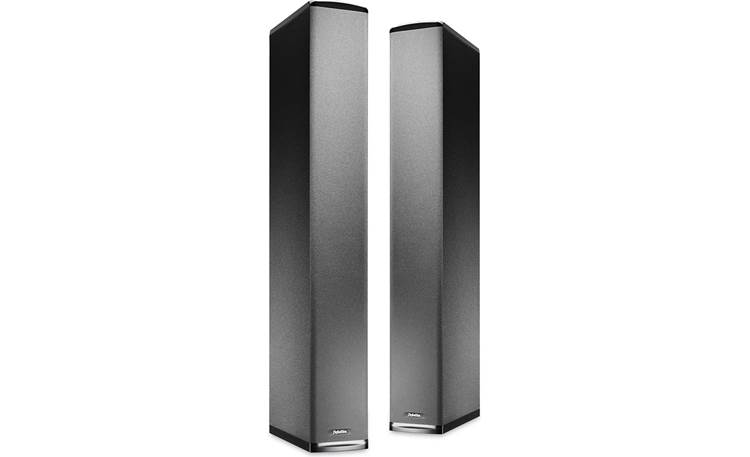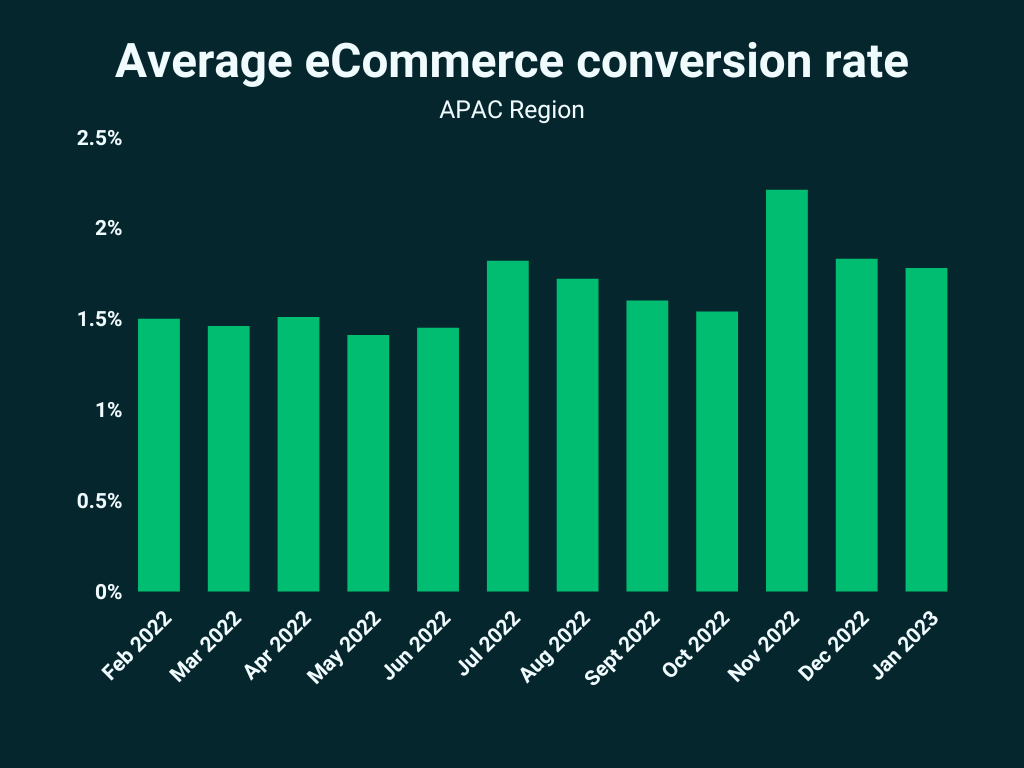Introduction to Home Theatre Systems
Home Theatre Power Managers evolution of home theatre systems has transformed our entertainment experiences. In an age where streaming services deliver high-definition content straight to our living rooms, the desire for an immersive audio-visual experience is stronger than ever. From simple setups with a television and soundbar to elaborate arrangements featuring projectors, surround sound systems, and smart home integration, a home theatre can cater to diverse preferences and budgets.
The Importance of Audio-Visual Quality
To achieve an unparalleled experience, every component of a home theatre must work seamlessly. This includes the display, sound system, and the power that drives them. High-quality audio and video are essential for immersion, whether you’re watching a blockbuster movie, streaming a live concert, or playing video games. Unfortunately, poor power quality can undermine these elements, leading to subpar performance and frustration.
Role of Power Management in Enhancing Experience
Home theatre power managers serve as the backbone of your entertainment system, ensuring devices receive stable power while protecting against surges and noise. They not only safeguard your equipment but also enhance performance, delivering a more vibrant and enjoyable experience. For serious enthusiasts, investing in a quality power manager is not just a recommendation; it’s a necessity.
Understanding Power Quality
Definition of Power Quality
Power quality refers to the characteristics of the electrical power supplied to devices, including stability, voltage levels, frequency, and the presence of distortions. Good power quality ensures that your equipment operates reliably and efficiently, while poor power quality can lead to various problems.
Effects of Poor Power Quality on Electronic Devices
Devices connected to inconsistent or poor-quality power can experience a multitude of issues, including:
- Reduced Lifespan: Voltage fluctuations can put undue stress on electronic components, causing premature failure.
- Decreased Performance: Audio and video quality may deteriorate, leading to distortion or lag.
- Operational Interruptions: Devices may shut down unexpectedly or reset, interrupting your viewing experience.
Common Power Issues in Homes
Common power quality issues include:
- Voltage Spikes and Surges: Often caused by lightning strikes or sudden changes in power demand, these surges can lead to serious damage.
- Voltage Dips and Sags: Brief drops in voltage can disrupt sensitive equipment, leading to performance issues or failures.
- Harmonic Distortion: This distortion can introduce electrical noise, affecting audio and video quality.
In-Depth Look at Power Management Technologies
Types of Power Managers
Power managers can be categorized based on their functions:
- Surge Protectors: These devices protect against voltage spikes by diverting excess energy, acting as a first line of defense for your equipment.
- Voltage Regulators: They maintain a stable voltage level, ensuring devices operate within safe limits and reducing the risk of damage.
- Power Conditioners: Beyond protection, these systems improve overall power quality by filtering out noise and stabilizing voltage, making them ideal for high-end audio and video systems.
Comparison of Passive vs. Active Power Management
- Passive Power Management: Typically provides basic surge protection and may be less expensive. However, they often lack the sophisticated features required for high-end equipment.
- Active Power Management: These systems include features like automatic voltage regulation and advanced filtering, suitable for serious home theatre setups. They adjust in real-time to changing conditions, ensuring optimal performance.
Innovations in Power Management Technology
Recent advancements have led to smarter power management solutions. Many modern power managers come equipped with:
- Remote Monitoring: Wi-Fi connectivity allows users to monitor energy consumption and device status from anywhere using a smartphone app.
- Smart Home Integration: These devices can integrate with smart home systems, allowing for centralized control of multiple devices and energy optimization.
Key Features of Home Theatre Power Managers
When evaluating home theatre power managers, consider the following key features:
Surge Protection: Detailed Explanation and Examples
Surge protection is a foundational feature of any power management system. A surge protector absorbs excess voltage, preventing it from reaching connected devices. For instance, during a lightning storm, a quality surge protector can divert thousands of volts away from your sensitive electronics.
Example Models:
- Tripp Lite Isobar: Known for its robust surge protection, featuring a high joule rating and isolated filter banks to minimize interference.
- Panamax MR4300: Offers both surge protection and advanced filtering, specifically designed for high-end audio and video equipment.
Voltage Regulation: Importance and Technical Insights
Voltage regulation ensures devices receive a consistent voltage level, preventing damage from spikes or sags. Automatic voltage regulation (AVR) systems continuously monitor power quality and make real-time adjustments to maintain stability.
How It Works:
AVR systems utilize transformers and capacitors to stabilize voltage levels. For example, if the input voltage drops, the AVR will boost it to ensure connected devices operate within their specified range.
EMI/RFI Filtering: How It Works and Why It Matters
Electromagnetic interference (EMI) and radio frequency interference (RFI) can degrade audio and video signals. Power managers equipped with filtering technology significantly reduce these interferences, resulting in clearer sound and sharper images.
Example Filters:
- Ferrite Beads: Used in power cords to suppress high-frequency noise.
- Capacitor Filters: These are often found in power managers to eliminate voltage spikes and reduce noise.
Smart Technology Integration
Modern power managers often come equipped with smart features. This includes Wi-Fi connectivity, allowing for remote monitoring and management of your home theatre system. You can track energy consumption, set schedules for powering devices on and off, and receive alerts about power quality issues.
Choosing the Right Home Theatre Power Manager
Selecting the appropriate power manager for your home theatre setup is crucial for optimal performance and protection.
Detailed Buying Guide
- Assess Your Setup: Inventory all devices in your home theatre and their power requirements. Make a list of how many outlets you need and their power ratings.
- Evaluate Features: Decide which features are most important to you. Consider if you need extensive surge protection, voltage regulation, or advanced filtering capabilities.
- Set a Budget: Power managers range from budget-friendly options to high-end models. Determine your budget before you start shopping, keeping in mind that investing in quality can save you money in the long run.
- Read Reviews: User reviews and expert recommendations can provide valuable insights into the performance and reliability of different models.
- Check for Warranty and Support: A good warranty and customer support can provide peace of mind, ensuring that you have assistance if issues arise.
Brand Comparisons
Several brands are recognized for their quality home theatre power managers. Here are a few top contenders:
- APC: Known for reliable surge protection and battery backup solutions. Their models are often favored in both home and professional settings.
- Panamax: Offers robust filtering and surge protection, making them popular among audiophiles and videophiles who want to protect their investments.
- Furman: Specializes in professional-grade power management systems, suitable for both home and studio environments. Their products are often used in professional audio and video setups.
Case Studies of Different Setups
Case Study 1: Basic Home Theatre Setup
A user with a simple setup consisting of a television and a soundbar opted for a basic surge protector with multiple outlets. This provided adequate protection without significant cost, ensuring peace of mind during power fluctuations.
Case Study 2: Advanced Home Theatre
A dedicated cinephile with a projector, surround sound system, and multiple gaming consoles chose a high-end power manager with advanced filtering and voltage regulation. After installation, the user reported smoother streaming and enhanced audio clarity, ultimately elevating the entire viewing experience.
Installation Process
Proper installation of your home theatre power manager is essential for optimal performance.
Step-by-Step Installation Guide
- Choose the Location: Select a convenient spot near your entertainment system that allows easy access to power outlets.
- Connect to Power Source: Plug the power manager into a properly grounded wall outlet. Ensure that it’s securely connected to minimize risks.
- Connect Your Devices: Plug in all your home theatre devices, ensuring even distribution across outlets to avoid overloading any single outlet. Be mindful of the power ratings of each device.
- Check Indicator Lights: Most power managers have indicator lights that confirm proper operation. Ensure that all lights are functioning as expected.
- Test Your System: Power on your home theatre system and check for improvements in audio and video quality. Listen for clarity in sound and look for any enhancements in visual performance.
Common Pitfalls to Avoid
- Overloading Outlets: Ensure that the total power consumption of your devices does not exceed the power manager’s rated capacity. This can lead to overheating and potential failures.
- Improper Grounding: Always connect to a properly grounded outlet to ensure effective surge protection. Lack of grounding can compromise the safety and efficacy of the power manager.
- Ignoring Manufacturer Guidelines: Each power manager comes with specific installation and usage guidelines. Following these instructions is critical to ensure safe and effective operation.
Maintenance Tips
To maximize the lifespan and effectiveness of your home theatre power manager, regular maintenance is necessary.
How to Regularly Check Your Power Manager
- Visual Inspections: Periodically check for any signs of wear, such as frayed cables, discoloration, or burnt-out indicator lights. Any visible damage should prompt immediate attention or replacement.
- Performance Monitoring: If your power manager includes energy monitoring features, keep an eye on any significant changes in consumption. Unexpected spikes may indicate issues with your power supply.
- Regular Testing: Some power managers come with self-test features. Run these tests periodically to ensure everything is functioning properly.
When to Replace Your Power Manager
Most power managers have a limited lifespan, typically 3-5 years, depending on usage and environmental factors. If you notice any signs of malfunction, or if it no longer provides adequate protection, consider replacing it.
Signs of Wear and Potential Failure
- Frequent Power Surges: If you notice your devices frequently resetting, this could indicate that your power manager is failing to provide adequate protection.
- Damaged Cables or Connectors: Any visible damage to the power manager should prompt an immediate inspection or replacement. Damaged cables can compromise performance and safety.
- Inconsistent Device Performance: If your audio or video equipment starts exhibiting unusual behavior, such as distortion or lag, it may be time to evaluate your power manager.
User Experiences and Case Studies
Testimonials from Users with Various Setups
- John, a Movie Enthusiast: “Since adding a power manager to my setup, the clarity of my sound and picture has improved dramatically. I no longer worry about power surges ruining my investment. It’s the best upgrade I could have made for my home theatre!”
- Lisa, a Gamer: “The peace of mind knowing my console and PC are protected against power spikes is invaluable. Plus, I can monitor my energy usage, which helps with bills! I highly recommend a power manager for any serious gamer.”
Real-World Examples of Power Manager Benefits
Consider a home theatre setup featuring an expensive projector and high-end audio system. Without a power manager, this setup is vulnerable to fluctuations in power quality. After installing a quality power manager, the user not only experienced improved performance but also noticed a significant increase in equipment longevity.
Case Study 1: The Family Cinema
A family decided to enhance their movie nights by upgrading their home theatre system. They invested in a power manager that provided surge protection and voltage regulation. After installation, they reported fewer interruptions and a noticeable improvement in audio and visual clarity, turning their living room into a true cinematic experience.
Case Study 2: The Audiophile
An audiophile invested in a high-end audio system for their home theatre. Recognizing the potential for power quality issues to degrade sound performance, they opted for a premium power manager. The result? Crystal-clear sound quality and increased dynamic range, allowing them to enjoy their music and movies like never before.
Future of Home Theatre Power Management
Trends in Power Management Technology
The future of power management is increasingly focused on smart technology. As homes become more connected, power managers will likely integrate with home automation systems, allowing for centralized control of all devices.
Smart Features to Look For
- AI Integration: Future power managers may use artificial intelligence to learn usage patterns and optimize energy consumption automatically.
- Predictive Maintenance: Some models may include features that predict potential failures based on usage trends, allowing users to address issues before they become problematic.
Predictions for the Future of Home Theatre Systems
As home entertainment technology advances, power management solutions will need to keep pace. Expect to see innovations such as:
- Wireless Power Management: The potential for wireless solutions that eliminate clutter and simplify setups.
- Enhanced Sustainability: Future models may prioritize energy efficiency and sustainability, aligning with global efforts to reduce environmental impact.
The Role of Sustainability in Power Management
With growing awareness of environmental issues, future power management technologies will likely emphasize energy efficiency. Devices that reduce energy consumption not only save money but also minimize environmental impact.
- Eco-Friendly Materials: Manufacturers may increasingly use sustainable materials in their products, catering to environmentally conscious consumers.
- Energy Monitoring and Reporting: Advanced power managers may offer detailed reports on energy usage, helping users identify opportunities for conservation and efficiency.
Conclusion
In conclusion, a home theatre power manager is an indispensable investment for anyone looking to enhance their entertainment experience. By providing essential protection against power surges and fluctuations, these devices ensure that your audio and video equipment performs at its best. With the right power manager in place, you can unleash the full potential of your home theatre system, creating an immersive and worry-free viewing experience.
Investing in a quality power manager not only protects your equipment but also significantly enhances your overall experience. The time to invest in a power manager is now—your home theatre deserves it. With the evolving landscape of technology, ensuring that your setup is protected and optimized is more important than ever.for more details please visit the website networksights.com














Leave a Reply